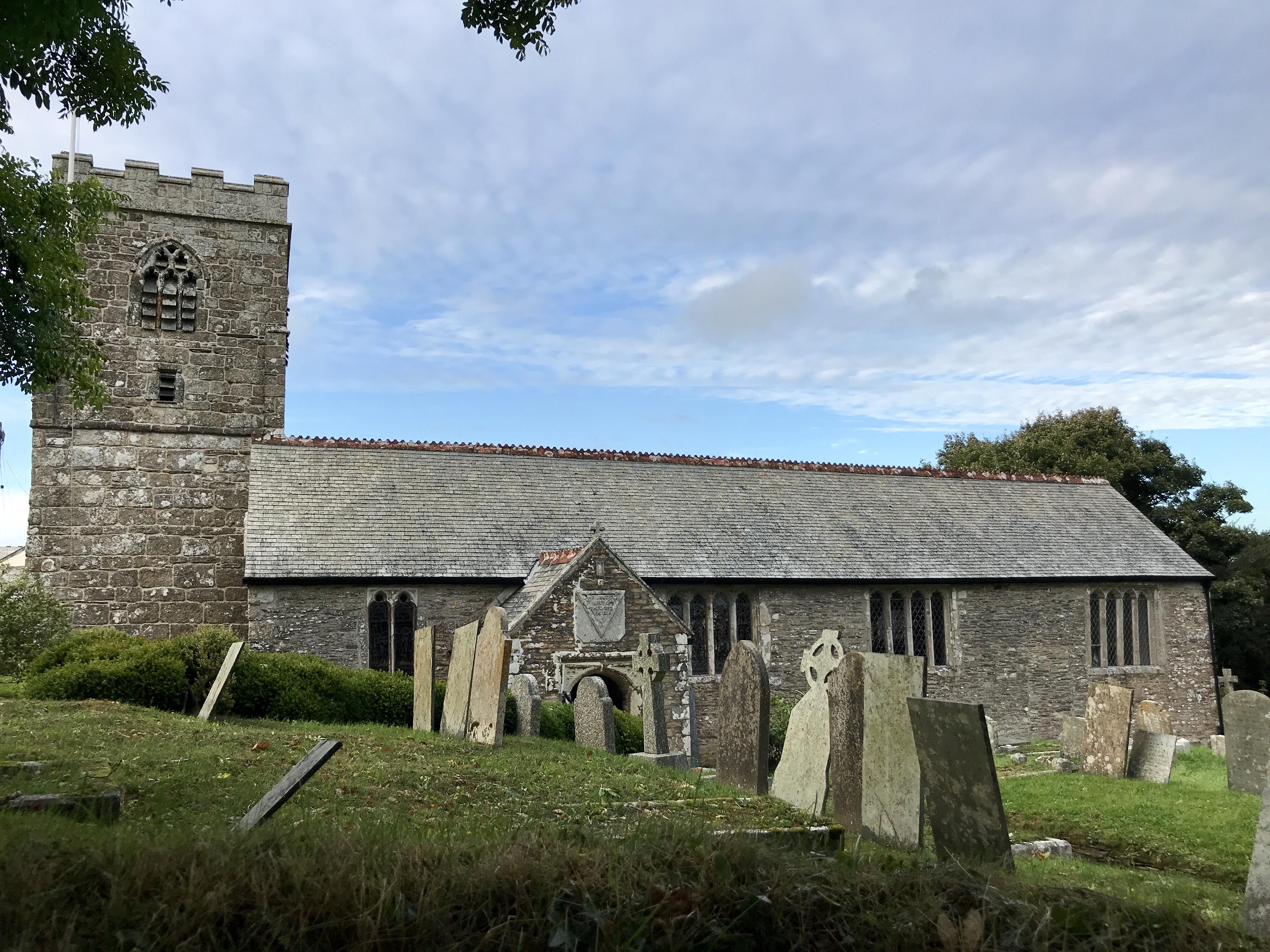St Winnow
Lostwithiel, Cornwall
St Winnow, sitting on an ancient riverside Celtic site on the upper reaches of the River Fowey, is renowned as a place of peace, pilgrimage and spiritual refreshment.

A hermit’s hut, chapel or church has stood on this site for at least 1500 years, and St Sampson’s lies on the ancient Saints Way along which many of the Celtic Saints came from Padstow to Fowey, thus avoiding a perilous sea route around Land’s End.
Golant, Cornwall
The shape of the church is typically Celtic and 13th/14th century, with an aisle divided from the nave by an elegant arcade of seven arches. The current building is mainly 15th century building which has been largely unaltered over five centuries.
The roof has wonderfully carved bosses and the wall plates include the names of the Colquite family (generous benefactors) as well as the injunction, ‘S Samson ora pro animus’ which means 'St Sampson, pray for our soul'. Also on the wall plates are the Guilds who gave generously to the building of the church; the Guilds of St Katherine, St John the Baptist, All Saints, St George, and St Elegius.
Behind the organ case is the St Sampson window depicting him hearing the call to preach, killing the serpent, sailing to Brittany to convert the heathen, and as chief of the seven saints of Brittany. The central window shows him as Archbishop of Dol. In the north east window are two fragments of medieval glass; the first is of St Anthony, the patron saint of Lisbon and at his feet is a pig, which is said to have alerted him to potential robbers on more than one occasion. The other figure is almost certainly St Sampson.
The tower, built some 100 years after the main building, contains a ring of five bells, recast in the restoration of 1842 from the original three bells. The pulpit and reading desk are made up of medieval bench ends and include carvings of a bishop wearing a mitre adorned with two rudely shaped anchors, a fylot, a wheel used for striking fire, St Sampson dressed as a bishop, a saint with a mason’s square, and a fool’s head wearing the cock’s comb and cap, St Anthony reading a book, St Andrew bearing the cross on which he was martyred, and St Matthew holding a spear, the instrument of his martyrdom.
Out side the main door is St Sampson’s well where, according to legend, Sampson struck his staff on the ground and pure water sprang. There has been a place of worship here since the 5th century at least, and Iseult, wife of King Mark, is said to have given her robe to the church when she was reconciled with him.
Lostwithiel, Cornwall
St Winnow, sitting on an ancient riverside Celtic site on the upper reaches of the River Fowey, is renowned as a place of peace, pilgrimage and spiritual refreshment.
Lostwithiel, Cornwall
A 12th Century church situated in the very centre of the Lostwithiel, one of Cornwall's ancient statuary towns.
Lostwithiel, Cornwall
In rolling countryside, two miles away from St Winnow, lies St Nectan’s chapel, being a chapel of ease which has been part of the parish since the 13th century.